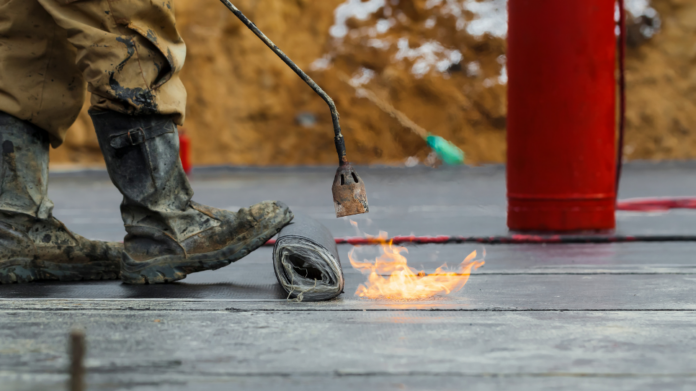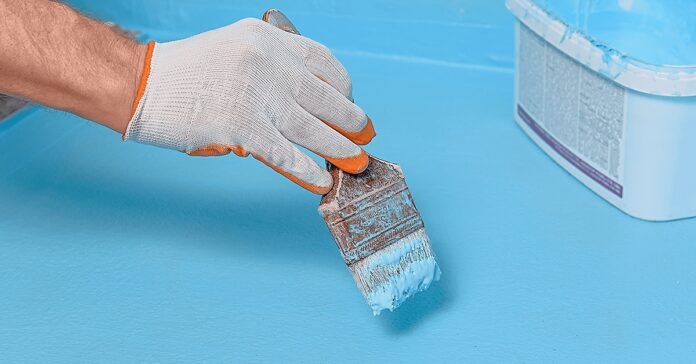Homeowners, let’s face it – moisture is a powerful force, capable of ruining even the best-laid plans. And when it comes to protecting your home, the stakes are higher than ever. Fortunately, there are several excellent methods for waterproofing that you can use to keep your home safe from moisture damage.
The different types of waterproofing

Waterproofing is a process that is used to make materials or structures resist water penetration and to also protect them from the damaging effects of moisture. It is widely used in homes, especially in areas where there are high levels of moisture, such as basements and other below-grade structures. There are several types that can be used on a variety of different designs and materials.
One popular type of waterproofing is the use of elastomeric sealants. According to Mister Plumber, elastomers are flexible polymers that can be painted or sprayed onto a surface to form a waterproof barrier. Elastomeric sealants have excellent adhesion properties and flexibility, making them ideal for joints, cracks, and seams in concrete, stucco walls and other similar surfaces. They are also effective at preventing damage caused by moisture seepage over time.
Another popular material is sheet-applied liquid membranes. These materials consist of rubbery polymers with layers that adhere to the substrate, forming an impenetrable seal. Sheet-applied liquid membranes generally come in rolls that need to be cut into shape before being applied over an area using brushes or trowels; they provide superior protection from water infiltration but can take longer due to their many applications to install than elastomeric sealants or paints.
Finally, coatings like paints and stains can be used as a form of waterproofing as well; these paints typically contain latex acrylics which helps it stick better while forming a durable coating that seals the material against water infiltration or dampness inside the home’s structure or walls themselves. Coatings should always be applied cautiously with even strokes so as not to allow any air pockets between the squares created during painting; this will help ensure maximum protection against water leaks in areas most prone to damage caused by seepage moisture buildup over time.
The most effective waterproofing methods

It is especially important in basements and other areas below ground level, where water can cause irreversible damage to walls, floors, and furniture. On the exterior of the building, waterproofing keeps water out of the structure and can help prevent mold, mildew, and rot.
The most effective waterproofing methods involve both interior and exterior work. Impermeable membranes are installed on the outside of a structure to create a barrier between the building’s surfaces and the outside environment. These membranes are typically composed of asphalt-modified polyurethane or rubberized asphalt material applied between two layers of fabric or mesh that act as reinforcement for added protection.
Interior waterproofing involves measuring for drainage points to determine where liquid can enter or exit. Interior systems usually require installing a sump pump or dehumidifier to draw out excess moisture from within walls before it can do harm. Once inside water has been collected with drain pans or pumps, it must be routed away from the structure through piping or channels designed to allow water drainage without damaging foundation elements like concrete blocks.
Conclusion
Considering all of the methods for waterproofing, it is important for homeowners to decide which waterproofing method best suits their specific needs and budget. Waterproofing is an essential part of keeping a home structurally sound, preventing costly repair bills in the future.




